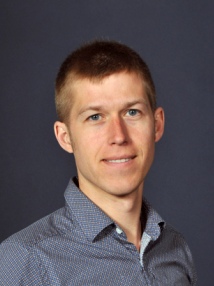BibTex format
@inproceedings{Jacquemyn:2017,
author = {Jacquemyn, C and Melnikova, Y and Jackson, MD and Hampson, GJ},
title = {Surface-based modelling of subsurface reservoirs using parametric NURBS surfaces},
year = {2017}
}

Faculty of Engineering, Department of Earth Science & Engineering
Advanced Research Fellow